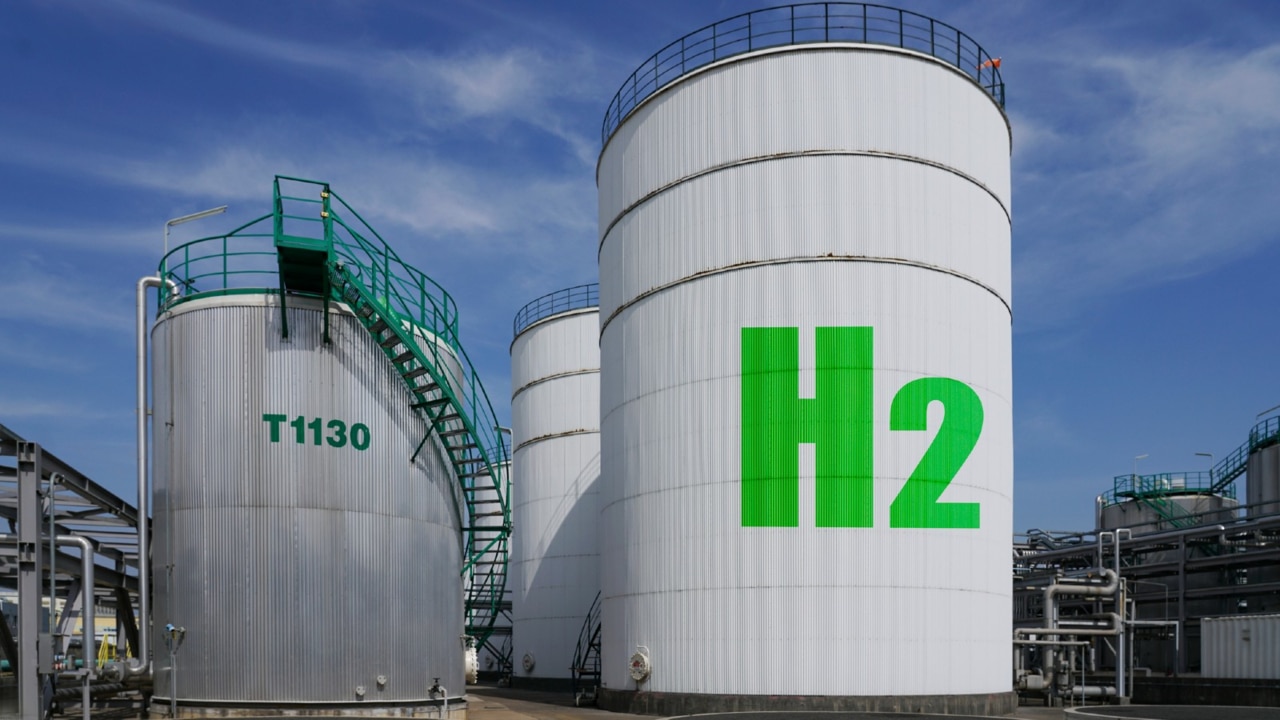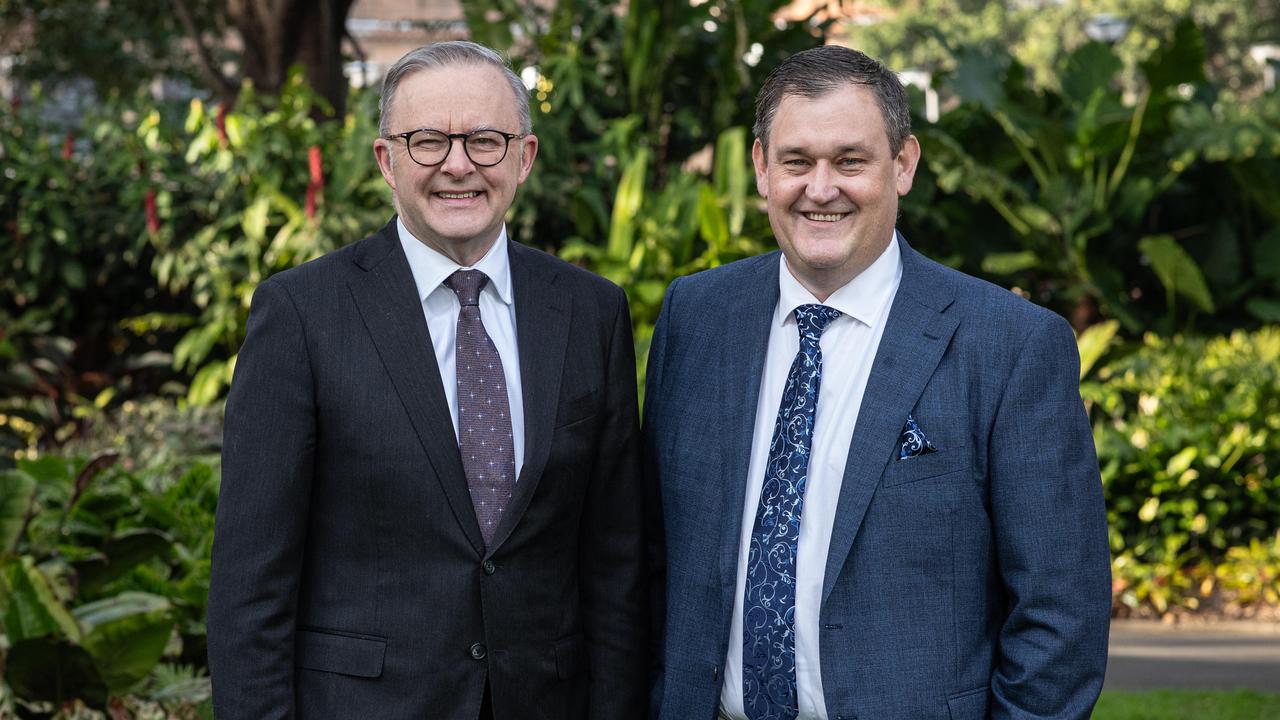Energy supply surge ‘will help Australia hit green targets’
Australia can still meet its 2030 green energy targets as new generation sources rapidly come on line, despite market concern that the nation is behind schedule.

Australia can still meet its 2030 green energy targets as new generation sources rapidly come to market in the second half of the decade, a senior government official has insisted, despite market concern that the nation is behind schedule.
The nation has set a target of having renewables generate 82 per cent for its electricity by the end of this decade, a key pillar in the legislated requirement that Australia reduce its emissions by 43 per cent by the same deadline.
Progress remains sluggish, with renewable energy generating less than 40 per cent of the nation’s electricity needs
However, Federal Department of Climate Change and Energy deputy secretary Simon Duggan said the pace of the transition would quicken in the coming years.
“There is a pathway to 2030. We believe we can still get there,” Mr Duggan said.
“We would expect to see an acceleration towards that target in the second half of the decade. We are only now starting to see some significant policies that are starting to hit the ground and have an impact.”
Australia was “well behind the pace” to hit Labor’s 2030 renewables target, the nation’s green bank warned in May, with a major wind farm needing to be built each month until the end of the decade to hit the ambitious goal.
Still, Mr Duggan highlighted the capacity investment scheme, agreed to late last year by national and federal energy ministers, as one policy that would drive the development pace in the coming years.
The policy is the centrepiece of Australia’s plan to ensure sufficient power generation is available as traditional coal power stations are retired. The scheme sees the government underwrite revenue for a mix of zero emissions dispatchable generation and storage projects.
The scheme expects to bring at least $10bn of new investment and 6GW of renewable energy generation and storage to Australia by 2030.
The scheme will focus primarily on so-called firming capacity, which are assets that can dispatch electricity on demand during periods of low renewable energy output, such as during cold, grey days.

Mr Duggan’s assessment bucks a market narrative that Australia will not meet its transition targets and that the country may need to slow the closure of coal generators to avoid price rises or the threat of blackouts.
The Australian Energy Market Operator expects two-thirds of the nation’s fleet of coal power to be retired in a decade, but NSW in September said it would seek a deal with Origin Energy to delay the closure of the state’s largest coal power plant after accepting there would insufficient amounts of renewable generation when it was due to close in 2025.
The Eraring coal power station generates about a quarter of NSW’s energy needs.
Renewable energy developers insist they are keen to develop multimillion-dollar projects, but transmission remains the biggest obstacle.
Some 10,000km of high voltage poles and wires must be built to deliver the nation’s energy transition, and renewable energy developers insist they cannot proceed with new generation projects until they have assurance that they can connect to the grid.
Australia also has a long history of transmission project delays. The $2.3bn Project Energy-Connect, an interconnector being built between South Australia and NSW, has seen repeated delays and cost overruns.
The government has allocated $20bn to accelerate transmission infrastructure under its Rewiring the Nation plan, but new developments remain slow.
AEMO has also flagged concern over a string of high-profile delays to new energy supplies, underlined by a cost and schedule blowout at Snowy 2.0.
Some 150 gigawatts of energy supplies, nearly triple the current generation and storage capacity of the Australian market, has been proposed by companies and investors by 2032 with large-scale solar and wind backed up by battery storage accounting for 88 per cent of the project pipeline.
Nearly two-thirds of all coal capacity will be shut down by 2030 under forecasts by AEMO.
Renewable developers and network operators are also worried that a pipeline of power generation and clean energy supplies faces delays or gridlock unless major electricity transmission projects are delivered across the national electricity system.
The Clean Energy Council, the peak body for the clean energy industry in Australia, has set down its game plan for ensuring Australia gets back on track for 82 per cent renewables by 2030, arguing for a $100bn transformation package to help the nation become a clean energy superpower.
It is also recommending a long-term national policy mechanism to drive increased and sustained investment in large-scale renewable energy projects, an increased large-scale renewable energy target extended beyond 2030 and new national targets for rooftop solar and distributed energy storage for 2030 and 2040.








To join the conversation, please log in. Don't have an account? Register
Join the conversation, you are commenting as Logout